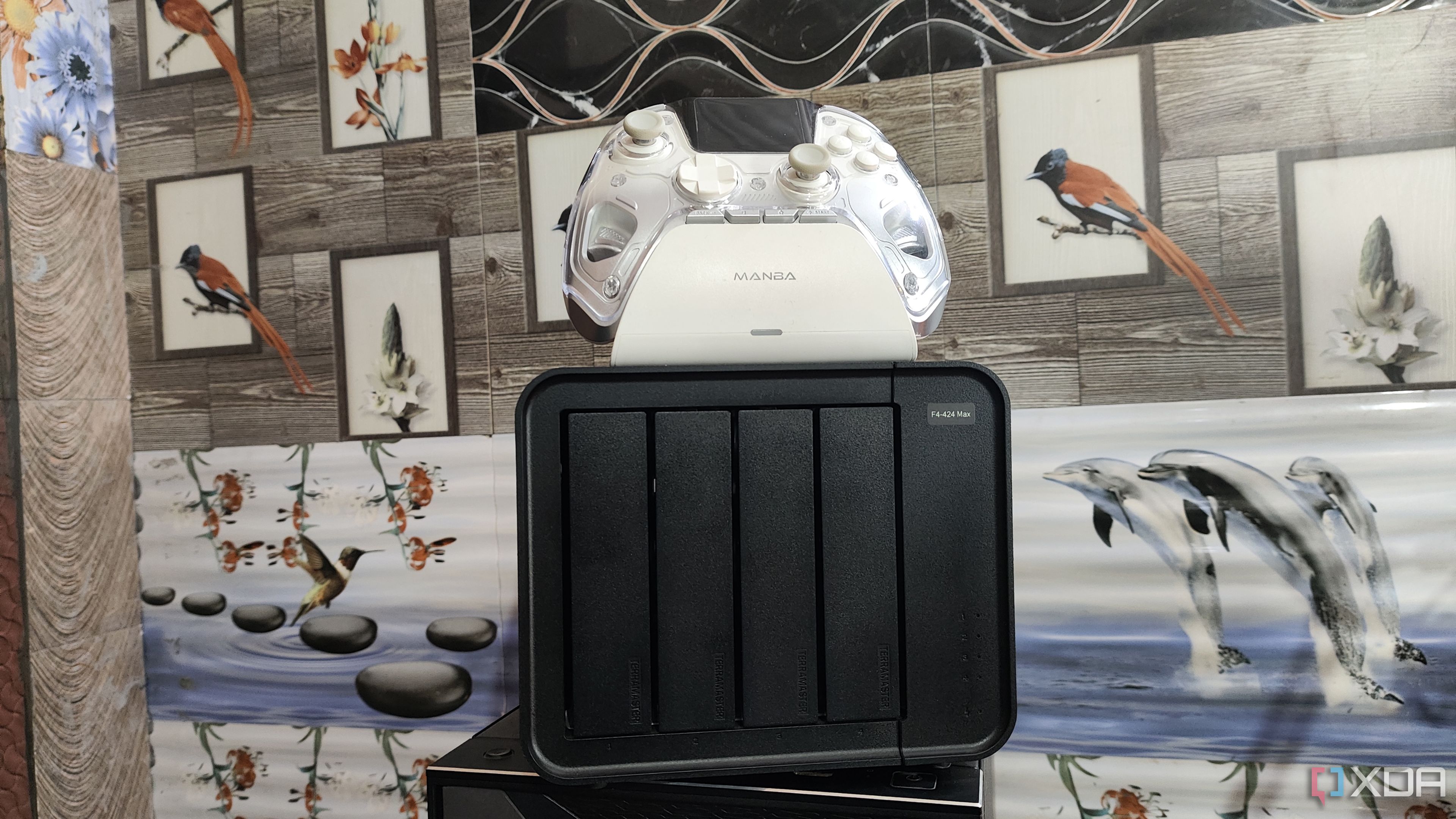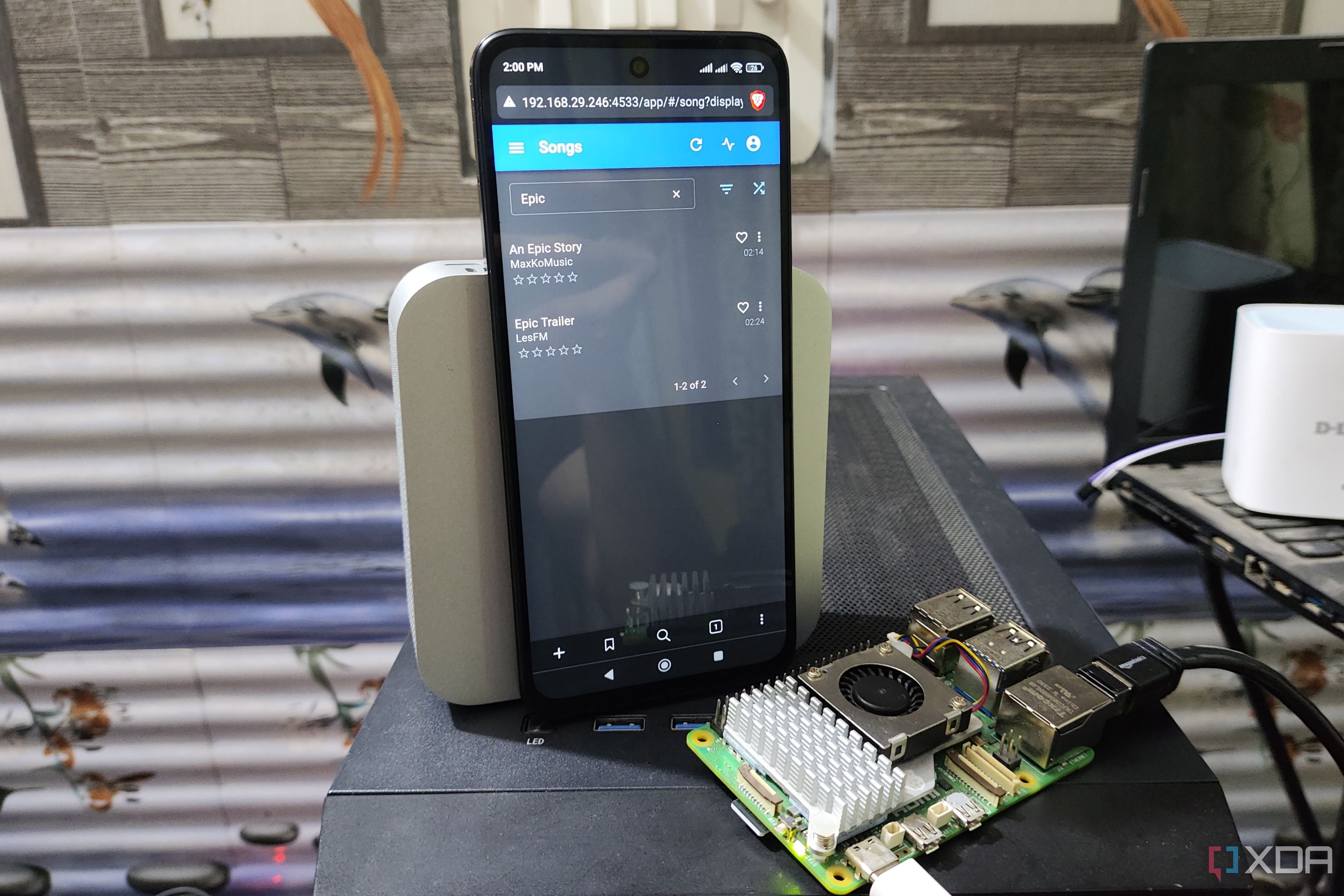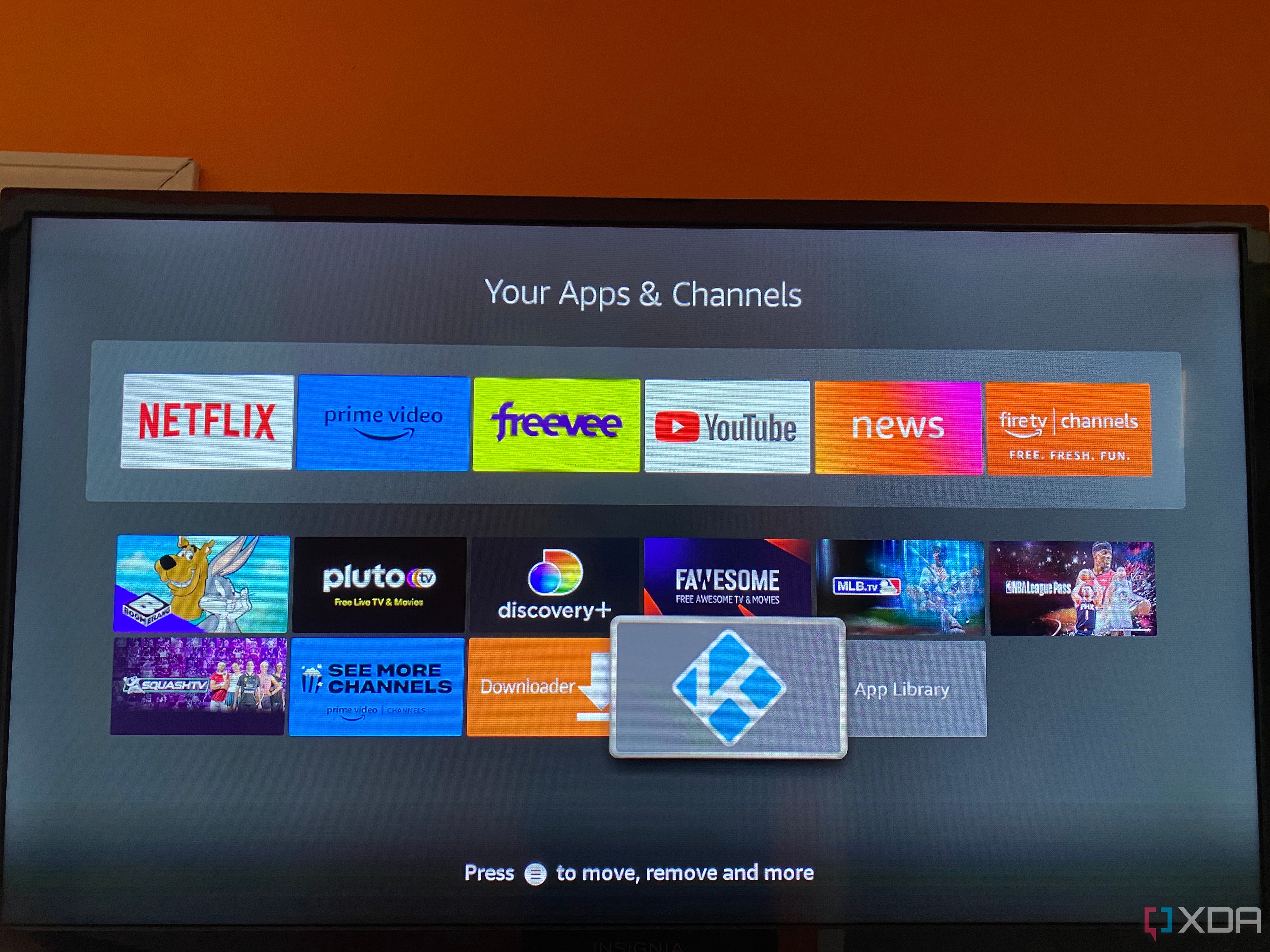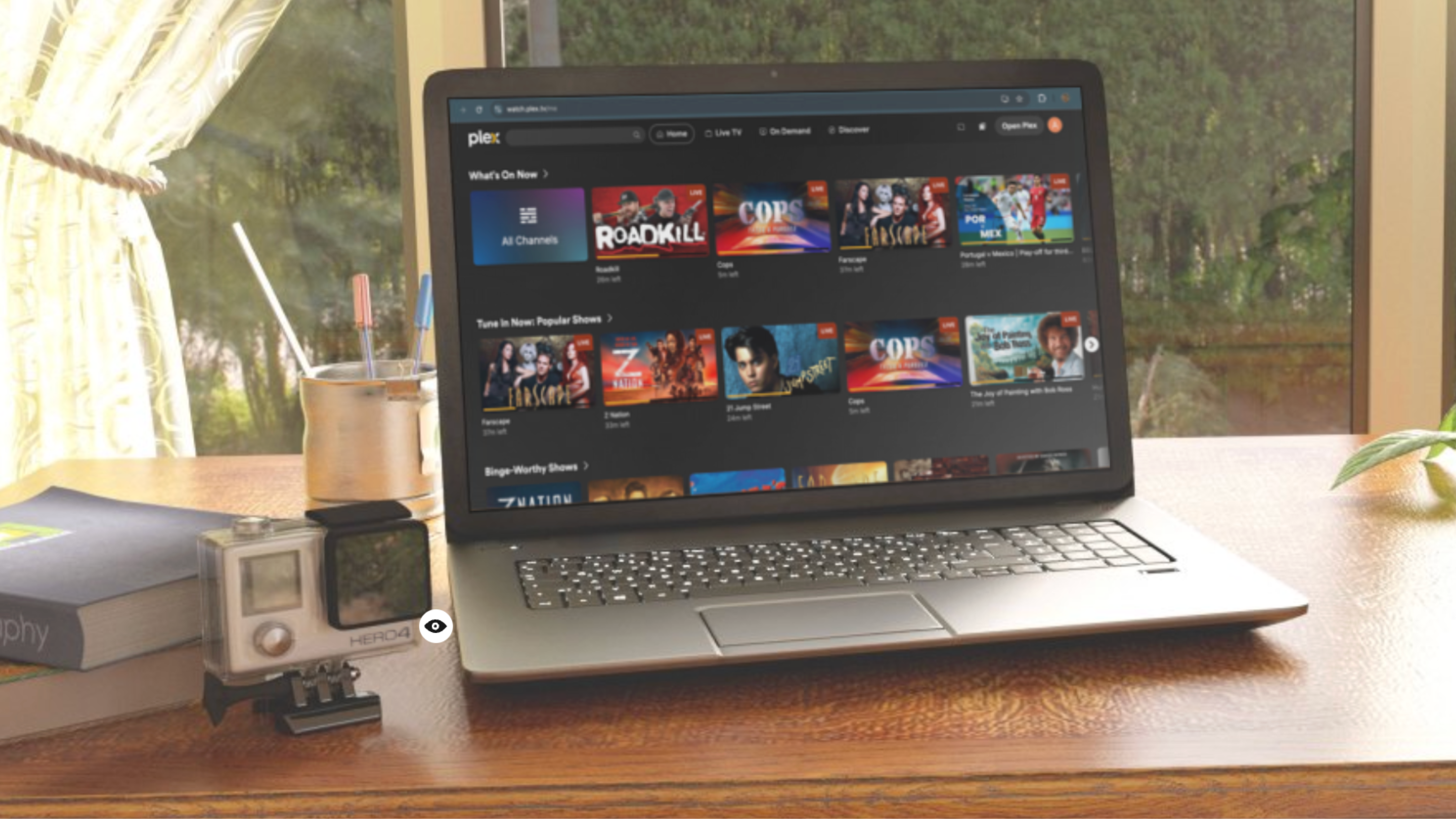Unless you were lucky enough to snag a deal on Plex’s lifetime premium plan half a decade ago — and now enjoy its premium tier without paying a dime — Plex is starting to show its limitations. A bunch of basic features are now tucked behind its $5/month paywall, including things like intro skipping and even mobile streaming. Additionally, the interface has begun to appear cluttered, and targeted ads have started to appear within the app. If you’re feeling stuck and are ready to move your media server elsewhere, these are the best Plex alternatives worth considering in 2025.
5
Emby
For a freemium but solid experience
Emby’s journey hasn’t been the smoothest — it moved to a partially closed-source model and, like Plex, now locks several features behind a paywall. But if you’re leaving Plex for reasons other than pricing, Emby still stands as a pretty strong alternative packed with features and a great user experience.
Its UI feels familiar if you’re coming from Plex, so there’s barely any learning curve. And right from the first install, it’s ready to go — no need to hunt down extra plugins just to get things working. Emby supports a wide range of devices, including Raspberry Pi, and its remote streaming setup is actually easier than Jellyfin’s. You get solid metadata management, proper parental controls, and more control over server behavior than you’d get with Plex.
That said, Emby’s freemium model puts things like hardware transcoding, offline sync, and access from certain devices behind an Emby Premiere subscription. So, if you’re switching to avoid subscriptions altogether, Emby won’t give you that freedom.
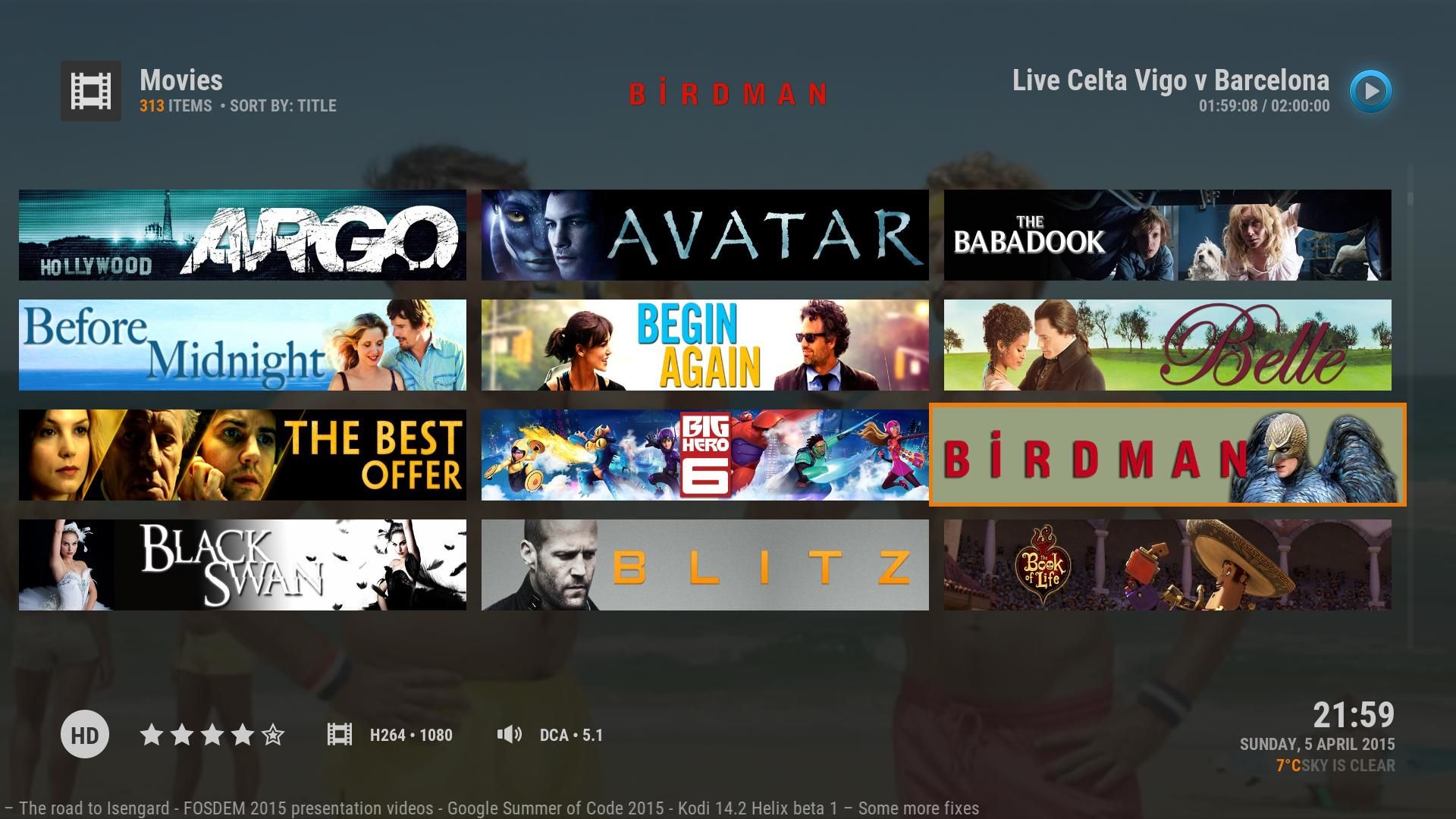
Related
3 reasons Emby is a great alternative to Plex and Jellyfin
Emby is one of three popular media center choices for owned content, but how does it compare to Plex and Jellyfin?
Gerbera and ReadyMedia are your no-frills alternatives
Gerbera and ReadyMedia (formerly MiniDLNA) are old-school, no-frills media servers you can self-host on your NAS. Unlike Plex, which focuses heavily on a sleek, Netflix-style interface, these tools are dead simple: no user accounts, no UI — just pure media sharing over your home network via DLNA/UPnP protocols.
They’re incredibly lightweight and easy to install. All they need is something like VLC to stream from them without a hiccup. This makes the two tools great for older smart TVs and media players that support DLNA but can’t run modern apps.
Between the two, Gerbera is more feature-rich — it has a web interface and a few more configuration options, so it’s often the preferred pick. But keep in mind that there’s no remote streaming, no metadata scraping, and no fancy features. These are local-only tools built for simplicity.
3
Navidrome
Your music playback is covered, too
Plex is also a solid music server, so if you’re leaving it, you might wonder where your audio library would go. That’s where Navidrome comes in — it’s a lightweight, self-hosted music server that nails the basics without trying to do too many things at once.
It runs on virtually anything, including basic home NAS setups and a Raspberry Pi. The web UI is fast and clean, and since it’s compatible with the Subsonic API, you can stream music remotely using apps like Symfonium or Ultrasonic. You get playlists, artist/album browsing, remote access, and even multi-user support.
If you’re just looking to self-host your music library and skip subscriptions, Navidrome gives you a private, Spotify-like setup that you fully control.
2
Kodi
For managing everything on the front-end
Kodi isn’t a media server in the traditional sense; it’s a highly customizable front-end media player. But when paired with something like Jellyfin or Emby on the backend, it becomes an incredibly powerful home media setup.
You can skin it, theme it, and load it up with plugins to build your own streaming dashboard. It supports local playback really well and even works with Gerbera and ReadyMedia if you want something lightweight behind it.
The downside? Kodi has a learning curve. It’s not as plug-and-play as Plex, and because it sits on top of a backend media server, there are a lot of moving parts to configure. But if you’re the kind of person who loves to tinker and wants total control over the front-end experience, Kodi is hard to beat. Just don’t expect it to replace Plex entirely on its own.
1
Jellyfin
The open-source streaming champ
You probably saw this one coming — Jellyfin is the go-to open-source alternative to Plex, and it’s only getting better. Originally forked from Emby after it went partially closed-source, Jellyfin has grown into a fully featured media server with no subscriptions or ads.
You get a clean, modern UI that feels familiar if you’re coming from Plex. It supports all media types, allows remote streaming, and has multi-user support baked in — all completely free. If you’re running it on your NAS, it works great with Docker and supports a wide range of plugins, themes, and metadata tools for customization.
The only catch is that Jellyfin can be a bit more hands-on. It’s not as plug-and-play as Plex (especially when setting up remote access), and some things may need manual tweaking to get working smoothly. But if you’re tired of Plex’s paywall, Jellyfin gives you freedom without compromise.

Related
5 reasons why I’m switching to Jellyfin after 7 years using Plex on my home NAS
As a Lifetime Plex Pass holder, it’s finally time to jump ship.
Take control of your media streaming
Source: Mockup.photos
Plex is great at what it does — it makes streaming your personal media library easy and mostly painless. But a lot of its best features are now locked behind a subscription, and that’s where these alternatives really shine. Many of them are open-source, completely free, and more flexible if you’re willing to put in a little effort.
You can go one step further and take control of the hardware too. Instead of buying a pre-built NAS with all its limitations, build your own server or repurpose an old PC. That way, you’re in full control — from hardware to software — and can set up a private streaming system that works exactly the way you want it to.


